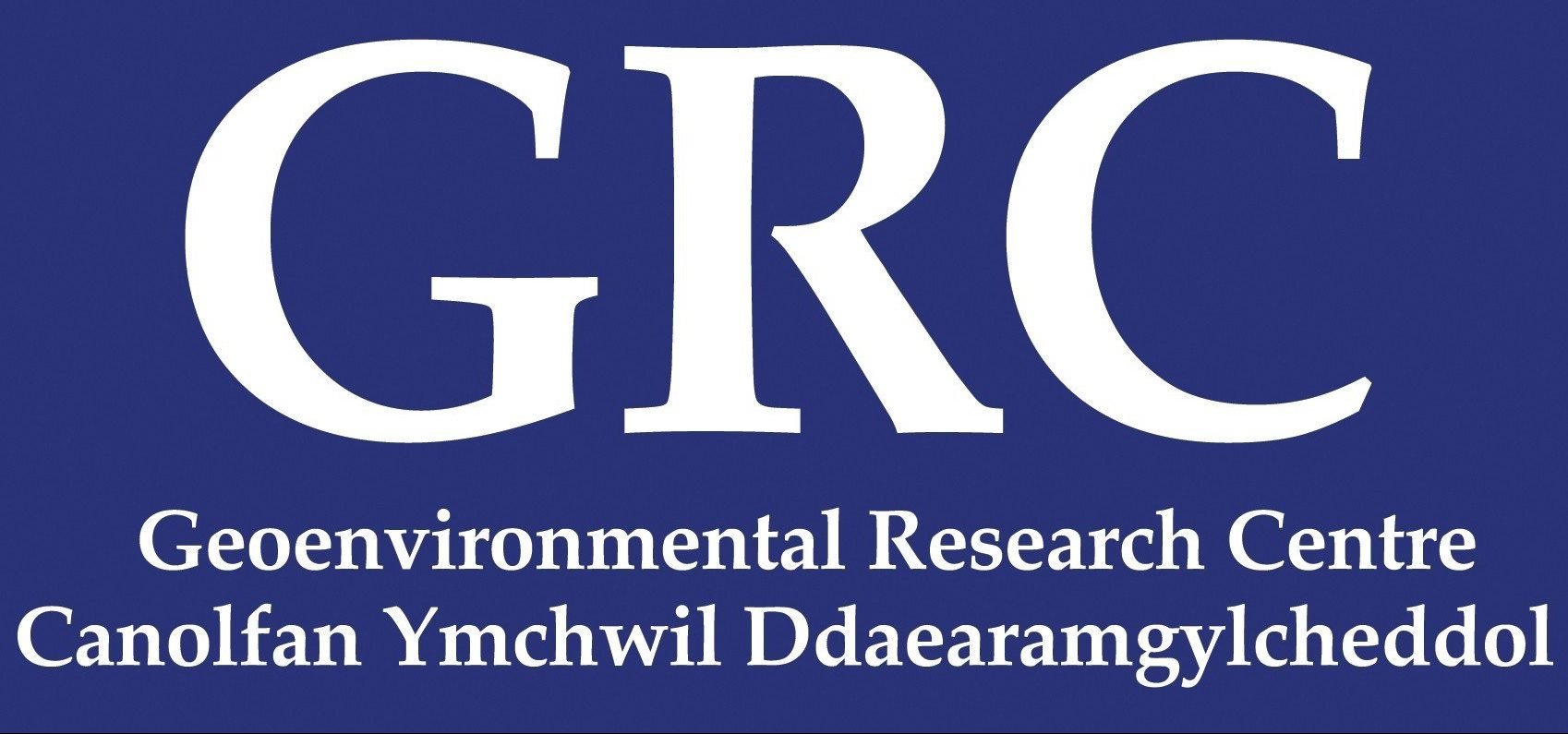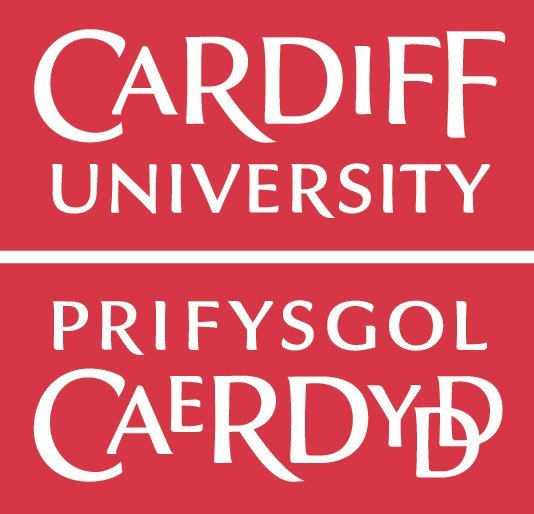Philip graduated in 2005 with a First Class (Hons) MEng degree in Civil Engineering from Cardiff University. During this degree Phil studied all aspects of Civil Engineering, specialising in Environmental Soil Mechanics and Numerical Methods. He was awarded the Lloyds Shipping Register Prize for Structural Engineering during his degree study. His interest in computer programming started during his final year project, which involved producing a piece of software to act as a database, comparison tool and a non-linear regression tool to convert and compare raw data with empirical formulae.
Phil’s sandwich year was spent with contractor Costain Ltd. working on small scale projects within the Thames Water AMP3 framework. He gained experience in surveying, setting out, supply chain management, personnel management and Health and Safety regulation. After graduation he worked for Arup (consulting engineers) within the Water Group gaining experience of integrated catchment planning and detailed design of small projects, including hydraulic, geotechnical and structural elements.
He returned to Cardiff University and joined the Geoenvironmental Research Centre in January 2006 to study for a PhD in Geoenvironmental Engineering which he completed in July 2009. As part of his PhD studies, Phil travelled to Mississippi State University to work in collaboration with experts in their High Performance Computing Collaboratory (HPC²).
Phil is an active graduate member of the Institution of Civil Engineering (ICE) where he won the Graduate and Student Paper competition in Wales (2006) and the Chartered Institution of Water and Environmental Management (CIWEM) where he serves on the New Members’ Group committee and recently spoke at the national conference about their activities, including an international study trip.
Phil’s research interests lie in the computational modelling of complex mechanistic processes and the behaviour of the geoenvironment. For example his research work includes numerical simulation of the performance of a Prototype Nuclear Waste Repository which uses a multi-level barrier system, including materials with complex behaviour, such as bentonitic clays. His work currently involves extending coupled mechanistic models to include various geo-energy applications and biological impacts of geoenvironmental phenomena.


